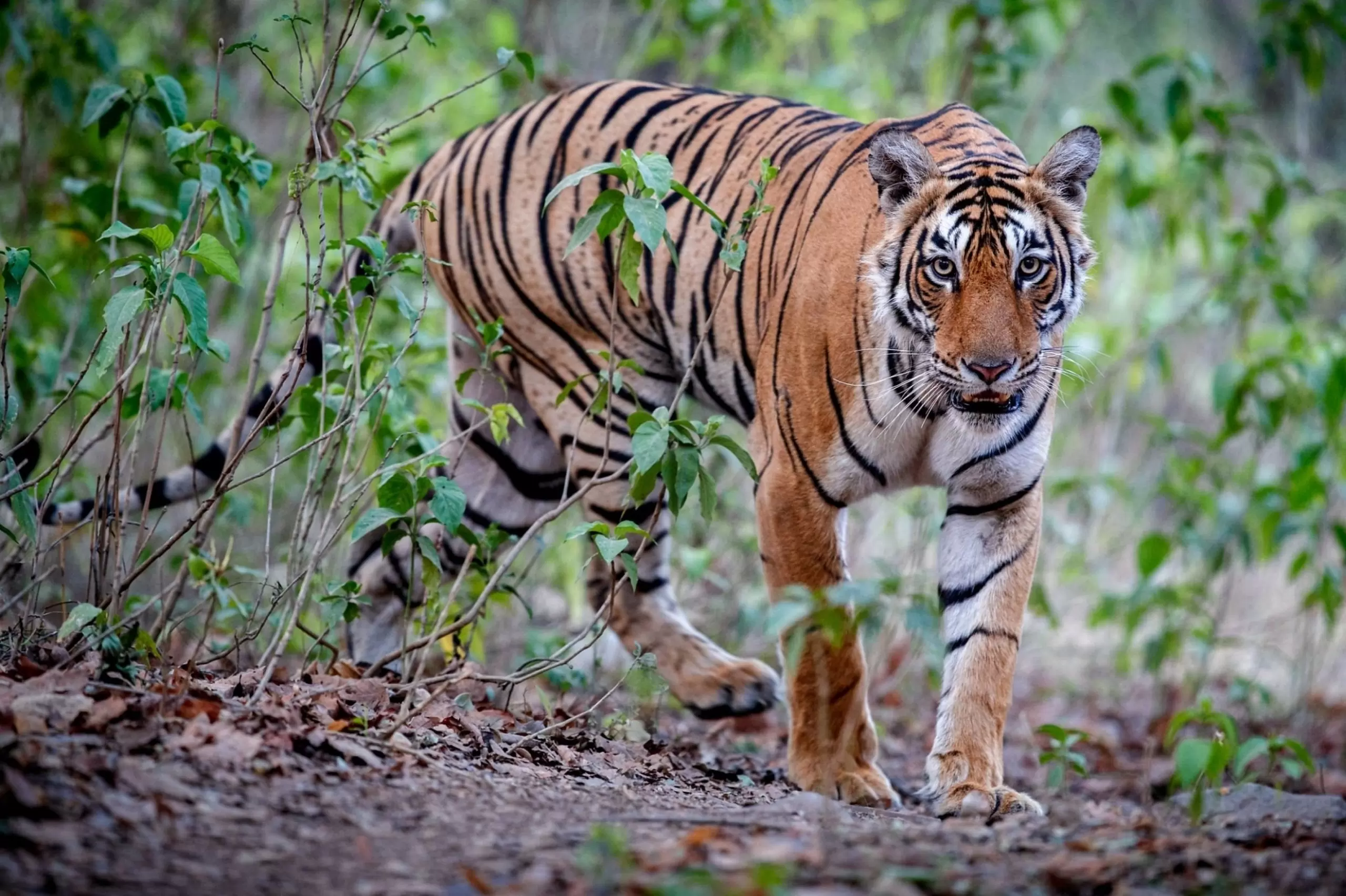

Nestled in the heart of the world’s largest mangrove forest, the Sunderban Jungle Camp offers an unparalleled experience for nature enthusiasts and adventure seekers alike. This unique eco-tourism destination provides visitors with a rare opportunity to explore the rich biodiversity of the Sunderbans, a UNESCO World Heritage Site and home to the famous Bengal tiger.
The Sunderban Jungle Camp serves as a perfect base for those looking to immerse themselves in the raw beauty of this tidal ecosystem. With its strategic location and expert-led excursions, the camp allows guests to witness the delicate balance of nature in one of the most ecologically significant regions on the planet.
The Sunderban Jungle Camp is located in the Indian part of the Sunderbans, specifically in the South 24 Parganas district of West Bengal. To reach the camp, visitors typically travel from Kolkata, the nearest major city, which is approximately 100 kilometers away.
The journey to the camp is an adventure in itself:
From Kolkata, take a 3-hour drive to Godkhali or Sonakhali jetty.
Board a boat for a scenic 2-3 hour ride through the winding rivers and channels of the Sunderbans.
Arrive at the camp, where staff will welcome you and assist with check-in.
This remote location ensures a truly immersive experience, far from the hustle and bustle of urban life.
The Sunderban Jungle Camp offers a range of accommodation options to suit different preferences and budgets:
Eco Cottages: These rustic yet comfortable cottages are built using local materials and blend seamlessly with the surrounding environment. Each cottage features:
A spacious bedroom
En-suite bathroom with eco-friendly amenities
Private balcony overlooking the mangroves
Deluxe Rooms: For those seeking a bit more luxury, the deluxe rooms offer:
Air conditioning
Modern furnishings
Large windows for panoramic views
Dormitory-style Lodging: Perfect for budget travelers or groups, these shared accommodations provide:
Bunk beds
Communal bathrooms
A social atmosphere for meeting fellow travelers
All accommodations are designed with sustainability in mind, using solar power and rainwater harvesting systems to minimize environmental impact.
The Sunderban Jungle Camp’s primary draw is the opportunity to observe the diverse wildlife that calls this unique ecosystem home. Some of the key species you might encounter include:
Bengal Tiger: The elusive and majestic Royal Bengal Tiger is the star attraction of the Sunderbans. While sightings are rare, the thrill of potentially spotting one in its natural habitat is unmatched.
Estuarine Crocodile: These massive reptiles can often be seen basking on the mudflats or lurking in the waters.
Spotted Deer: Herds of these graceful creatures are commonly spotted grazing along the forest edges.
Rhesus Macaque: These playful primates are abundant throughout the Sunderbans and provide endless entertainment with their antics.
Birds: The Sunderbans is a birdwatcher’s paradise, home to over 200 species including:
Kingfishers
Herons
Eagles
Egrets
The camp arranges guided wildlife tours led by experienced naturalists who can help you spot and identify the various species.
The Sunderban Jungle Camp offers two primary ways to explore the surrounding wilderness:
Boat Safaris: These are the most popular and effective way to navigate the complex network of waterways that make up the Sunderbans. The camp provides:
Comfortable, covered boats with experienced captains
Binoculars and field guides for wildlife spotting
Expert naturalists to provide information and answer questions
Multiple daily departures to maximize wildlife viewing opportunities
Nature Trails: For those who prefer to explore on foot, the camp offers guided walks through designated areas of the mangrove forest. These trails allow visitors to:
Observe the unique flora of the Sunderbans up close
Learn about the intricate root systems of mangrove trees
Spot smaller wildlife like insects and reptiles
Understand the complex ecology of the mangrove ecosystem
Both boat safaris and nature trails are conducted with strict adherence to safety guidelines and conservation principles to ensure minimal disturbance to the wildlife and their habitats.
The Sunderban Jungle Camp is not just about wildlife; it also offers a window into the unique culture of the local communities who have lived in harmony with this challenging environment for generations. The camp organizes various cultural experiences:
Village Visits: Guided tours to nearby villages where you can:
Observe traditional fishing techniques
Learn about honey collection from wild beehives
Interact with local artisans and see their crafts
Cultural Performances: Evening programs featuring:
Traditional Bengali folk dances
Local music performances
Storytelling sessions about Sundarban legends and myths
Cooking Demonstrations: Learn about the unique cuisine of the Sunderbans, which heavily features fish and locally grown vegetables.
Community Conservation Projects: Participate in or learn about ongoing initiatives to protect the Sunderbans ecosystem and support local livelihoods.
These experiences provide valuable insights into the symbiotic relationship between the local communities and their environment.
The Sunderban Jungle Camp is open year-round, but the best time to visit depends on your preferences:
October to February: This is the peak season with cool, pleasant weather. It’s ideal for wildlife viewing and outdoor activities. However, it’s also the busiest and most expensive time.
March to May: The pre-monsoon season brings warmer temperatures but fewer crowds. This is a good time for bird watching as many migratory species are present.
June to September: The monsoon season sees heavy rainfall and some facilities may be limited. However, this is when the Sunderbans is at its lushest, with dramatic skies and swollen rivers creating a unique atmosphere.
Each season offers a different perspective on the Sunderbans ecosystem, so consider your priorities when planning your visit.
The Sunderban Jungle Camp is committed to sustainable tourism and employs various eco-friendly practices:
Solar Power: The majority of the camp’s electricity needs are met through solar panels.
Water Conservation: Rainwater harvesting and greywater recycling systems are in place to minimize water usage.
Waste Management: The camp implements a strict no-plastic policy and has an efficient waste segregation and composting system.
Local Sourcing: Most of the food served at the camp is sourced from local farmers and fishermen, supporting the local economy and reducing carbon footprint.
Environmental Education: The camp conducts regular awareness programs for visitors and local communities about the importance of conservation.
Guests are encouraged to participate in these eco-friendly initiatives during their stay.
While the Sunderban Jungle Camp provides an exciting adventure, safety is paramount. The camp enforces strict safety measures:
Boat Safety: All boats are equipped with life jackets and first-aid kits. Guests must wear life jackets at all times during boat safaris.
Wildlife Viewing: Guests are strictly prohibited from leaving the boat or designated viewing areas during wildlife tours.
Guide Accompaniment: All excursions are led by trained guides who are familiar with the terrain and animal behavior.
Medical Facilities: The camp has basic medical facilities and maintains contact with the nearest hospital for emergencies.
Weather Monitoring: Activities are planned based on weather conditions, with safety being the top priority.
Restricted Areas: Certain parts of the Sunderbans are off-limits to tourists to protect sensitive ecosystems and ensure visitor safety.
Guests are briefed on these safety guidelines upon arrival and are expected to follow them diligently.
To make the most of your Sunderban Jungle Camp experience, consider the following tips:
Book in Advance: Especially during peak season, it’s advisable to book your stay and activities well in advance.
Pack Appropriately: Bring:
Light, breathable clothing in muted colors
Comfortable walking shoes
Insect repellent
Sunscreen and a hat
Binoculars for wildlife viewing
Stay Duration: A minimum of 2-3 nights is recommended to fully experience the Sunderbans.
Respect Local Customs: The Sunderbans region has its own unique culture. Be mindful and respectful of local traditions and dress codes.
Photography: While photography is allowed in most areas, be aware of restrictions in certain zones. Always prioritize the well-being of wildlife over getting a perfect shot.
Fitness Considerations: While most activities are suitable for all fitness levels, some nature trails may require a moderate level of fitness. Inform the camp staff of any health concerns.
Expectations: Remember that wildlife sightings, especially of tigers, are not guaranteed. Approach your visit with an open mind, ready to appreciate all aspects of this unique ecosystem.
By following these guidelines and embracing the spirit of eco-tourism, your visit to the Sunderban Jungle Camp promises to be an unforgettable journey into one of the world’s most fascinating wildernesses.


